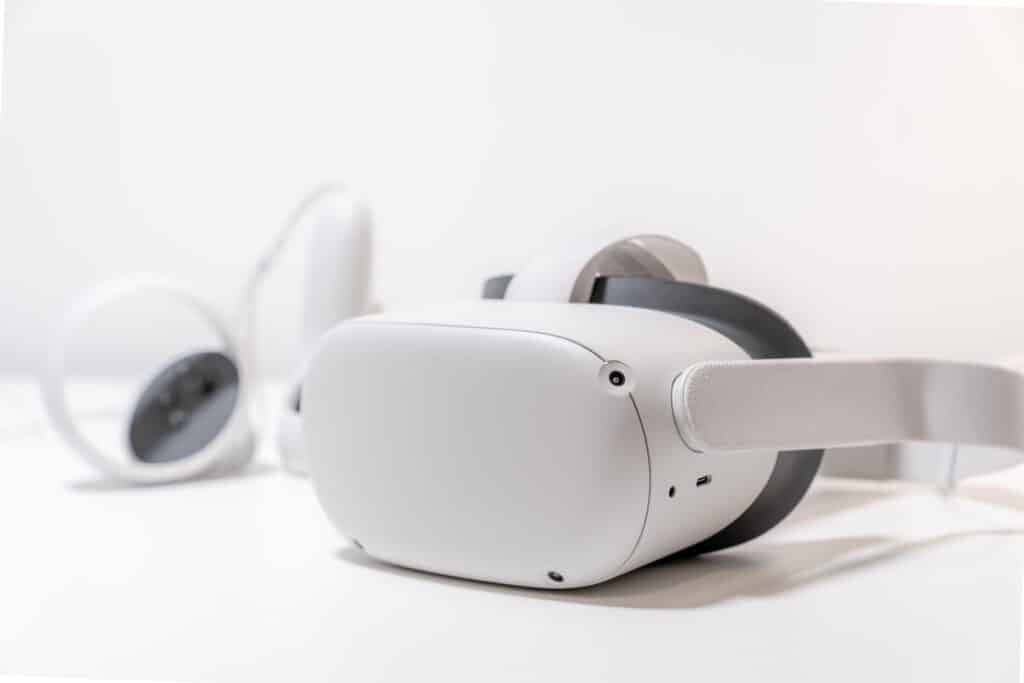Virtual reality (VR) is no longer the stuff of sci-fi dreams; it’s a burgeoning technology, rapidly gaining ground in the healthcare and entertainment industries. Gaming, in particular, has embraced VR wholeheartedly, offering immersive experiences that were unthinkable a decade ago. But what about the world of online casinos? Are VR casino experiences the next big thing, or merely a fleeting fascination? This article delves into the technology behind VR casinos, exploring its sustainability, challenges, and what it could mean for the future of online gaming.
The Online Casino Landscape: Tradition Meets Tech
Online casinos have been on a meteoric rise, attracting millions of users worldwide. Their allure is not just in their convenience but also in their advanced technological features that enrich user experience. Whether it’s high-definition graphics, real-time live dealers, or interactive features, online casinos have been at the forefront of integrating technology to enhance gameplay. These platforms have already redefined traditional games in many ways, adding a modern twist to classics.
Take, for instance, roulette. You’ll find two common types in most online settings—European and American. They differ primarily in the amount of roulette numbers on their wheels. European roulette has 37 numbered pockets, while American roulette features 38, resulting in a higher house edge of 5.26% for the American version as opposed to 2.7% for the European version. This illustrates how even subtle technological or design changes can significantly influence the game dynamics.
Now, how does this all link with VR? Traditional online casinos offer a range of experiences, but VR has the potential to revolutionize this even further by adding layers of immersion and interaction.
The Tech Behind VR Casinos
The development of VR technology has been a marvel of modern engineering, involving complex algorithms, real-time rendering, and intricate hardware-software interplay. The core of VR lies in fooling the human brain into perceiving digital constructs as real. This involves using 3D graphics, stereoscopic displays, and responsive feedback systems.
For a VR casino to function, it needs more than just flashy visuals; it requires a robust back-end system to support real-time actions. Games have to be programmed with physics engines to make movements realistic. Additionally, server technology is essential for handling multiple users in the same virtual space, ensuring low latency to avoid disrupting the immersive experience.
Potential and Challenges
One of the most compelling reasons why VR casinos could become a mainstay in the gaming industry is their potential for enhanced social interaction. Traditional online platforms often lack the nuanced social dynamics that make a real casino engaging. With VR, the game changes entirely. Users can literally walk up to other players, initiate conversations, and read body language, offering an enriched social landscape that adds depth to the overall experience.
The immersive environments in VR casinos are another massive draw. These settings are far from static backdrops; they are dynamic worlds where players can move freely, explore different tables, and engage in various activities. Imagine not just participating in a game but also being able to virtually ‘walk’ around the venue, observing other games, or even enjoying the simulated atmosphere of a high-end casino. This degree of immersion holds enormous promise for keeping players engaged.
Roadblocks and Concerns
Despite the positive trajectory, there are challenges to consider. One of these is cost—high-quality VR setups often require a significant financial outlay, potentially limiting the user base to those who can afford such technology. However, as demand grows and technology becomes more mainstream, these costs could conceivably decrease, making VR more accessible to a broader audience.
The complexity of using VR technology is another issue. Learning how to navigate a virtual world can be daunting for those not familiar with gaming interfaces. But it’s worth noting that user-friendly design and intuitive controls are a focus of ongoing development in the VR sector. As these improvements take shape, the learning curve should become less steep.
In summary, virtual reality is at an intriguing intersection in the online casino world. On the one hand, its potential for delivering unprecedented immersive experiences is undeniable. On the other, challenges like cost, technological complexity, and health considerations cannot be ignored. While it’s difficult to predict whether VR casinos will become the norm or remain a niche market, what’s certain is that they offer a glimpse into how technology can redefine our perception of traditional activities like roulette. Only time will tell if VR casinos are indeed the next frontier or a passing trend in the ever-evolving tech landscape.




